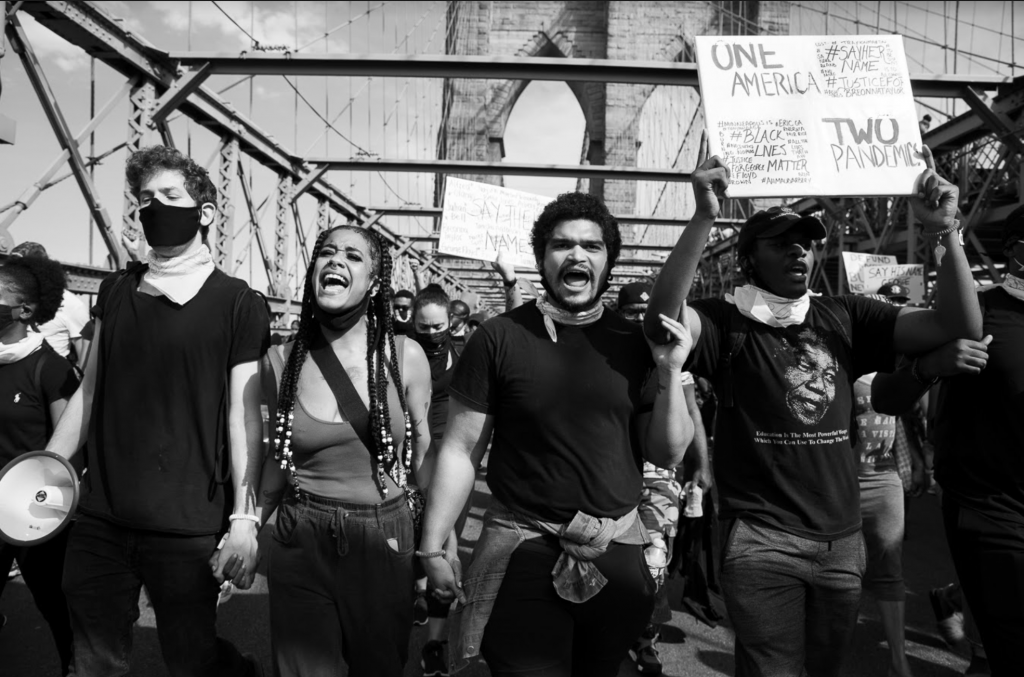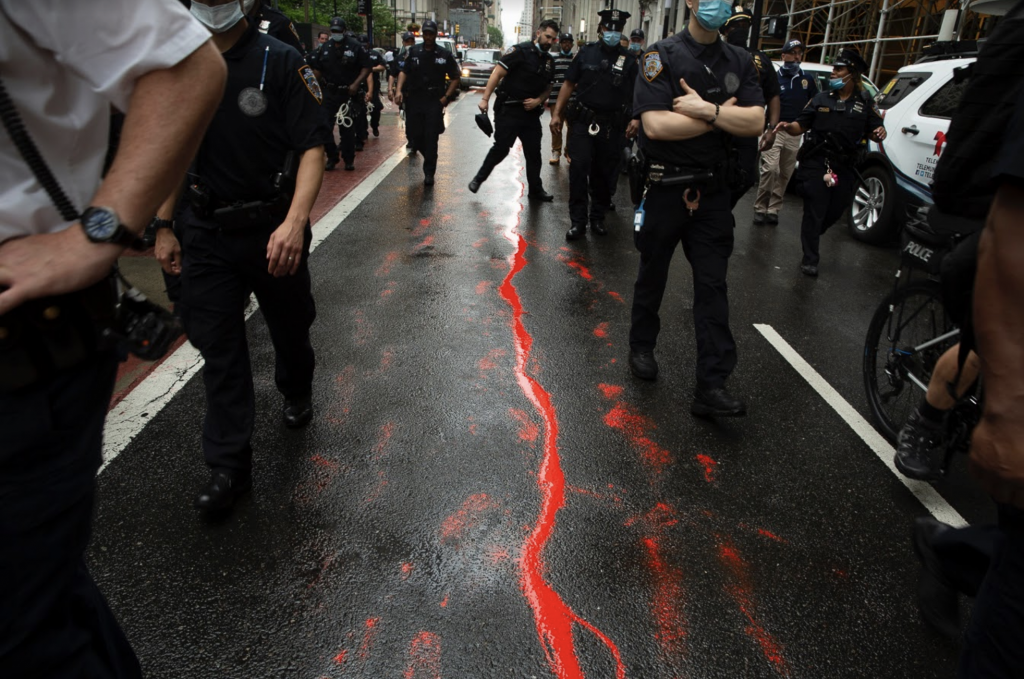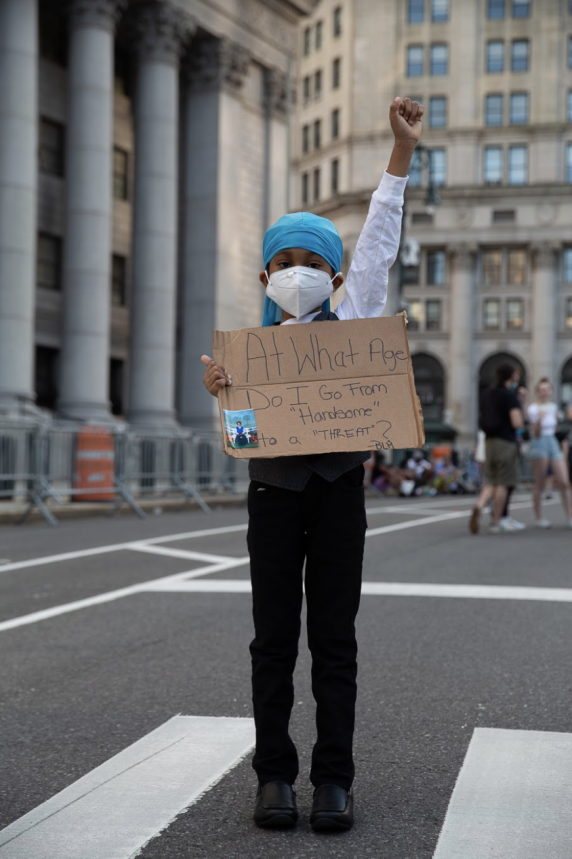“Immediate gratification,” said Erica Lansner recalling the first time she ever looked through the lens of a camera. Lansner grew up with a painter and a journalist as parents; “I grew up with this push and pull of news and art,” she said. Up until that point, she had followed in the footsteps of her mom: painting throughout her childhood and high school life and eventually majoring in art history at Vassar College. She painted what she saw in front of her and never something from her imagination, so when she got her hands on a camera that could capture exactly what was in front of her with such ease, it was a complete game changer. For an impatient person like herself, a camera was the perfect fit. “The camera became a tool to record my life – my visual diary,” said Lansner.
Lansner worked for CBS News as the Rome Bureau Assistant, but quit her job 35 years ago to pursue a career as a freelance photographer. Her life became one that consisted of capturing people, stories, and history all throughout the world. With her camera in hand, Lansner went to Tiananmen square in 1989, Russia and Eastern Europe before the fall of the Iron Curtain, Barcelona during the 1992 olympics, and Israel after the Hebron massacre of 1994.
When asked about the photos she likes the most, she describes the mystery in a photo she took in Russia of a girl with a patterned dress with a medicine ball in a dark alley, mentions her famous photo of Tiananmen square depicting shirtless boys holding flags mid rain, speaks with pride about her double page spread in Life Magazine of a photo she took after the Hebron massacre, and points out the vivid colors of her photo of a woman in a bright yellow raincoat raising a colorful umbrella while biking in Vietnam.
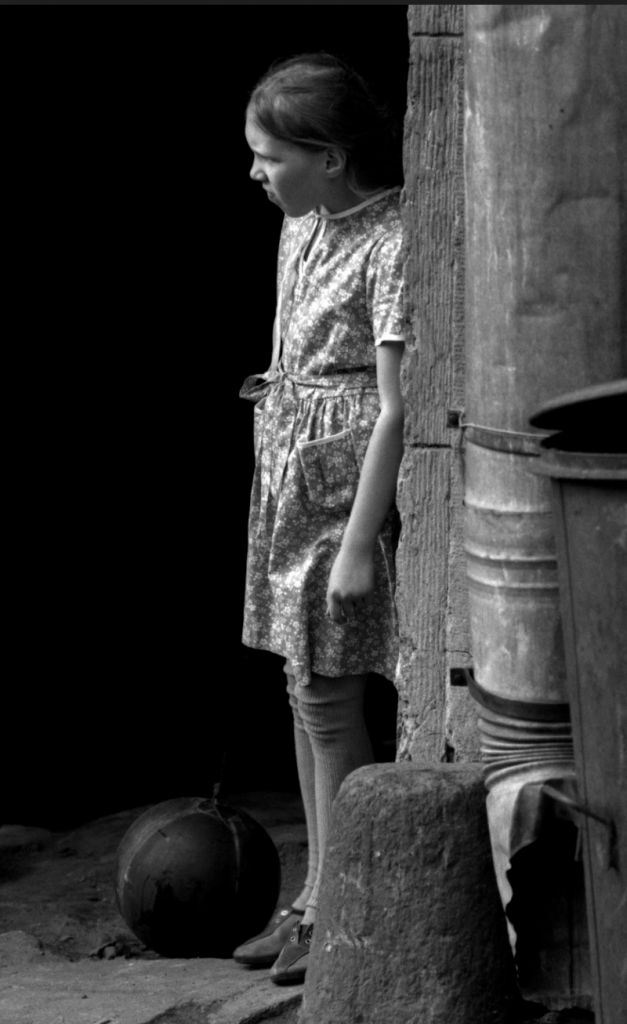
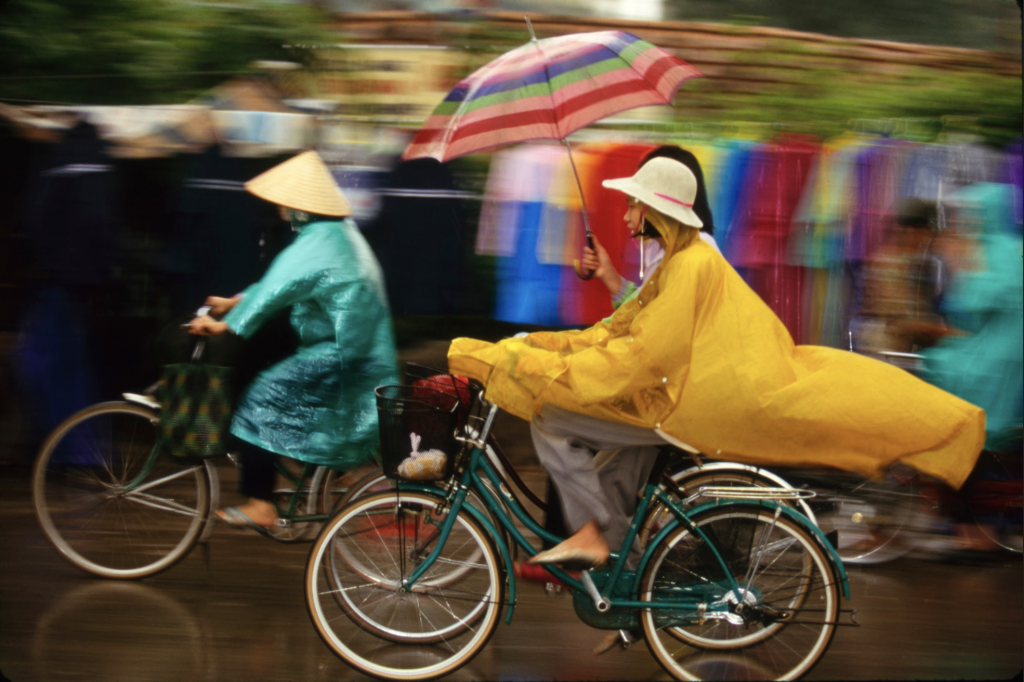

A successful photo for Lansner is one with mystery, emotion and a story behind it from the viewer’s imagination or in real life. She describes herself as a people-person, and has always placed people in the forefront of her pictures. “The human face is this amazing landscape to me. I love capturing what I am seeing in people’s eyes, the emotion, humor.. you can read so much,” said Lansner.
Although she continues to photograph, Lansner toned down on the travelling once she had two daughters – Flora and Maya Villalobos who are both Fieldston alums. Her focus became the city and even though it is not as much of a culture shock as Russia or China, there are still a myriad of stories to tell at every street corner. Lansner does everything from photographing her family at breakfast, to getting close ups of Elizabeth Warren to capturing every dress at the Fieldston Fashion show.
She is an especially big fan of large events and festivities: “I love it when there is chaos, and a lot of people. I like heat and places [that are] teeming with people,” said Lansner. In the past, she has loved photographing the pride parade, Women’s march, and various other gatherings: “I love being out there when there is something going on in my city,” said Lansner. That is why the decision to attend the Black Lives Matter protests was a tricky one as she had to balance the risk of the pandemic and her desire to capture the protests.
“At first, I spent hours like should I go, should I not,” said Lansner. Since she is 61 years old, the decision to join a protest was not as easy given the presence of the pandemic. After going back and forth between going and not going, she ultimately decided to layer three masks – two cloth and one surgical – topped with a bandana and hang around the edges for the first day of protests in the city. However, she quickly realized that taking pictures from afar was not going to work for her.
“I realized I cannot not cover this. It’s this amazing moment in history. It’s this incredible new story happening in my backyard. No way I can stay out of it… By the third day, I was really scared, and nervous but whatever happens, happens and I just got right in the middle of it,” said Lansner. From that day on, she placed herself in the center of virtually every protest happening from 1pm to 7pm every day all the way through mid July.
One issue she encountered was how fast the marches moved.“I have a habit of seeing an amazing face, and I need to do more of that person…I might stop them, pull them out, or follow them [but] meanwhile the march has gotten blocks ahead,” said Lansner. In order to keep up, Lansner would hop on a citi bike to get ahead of the march and then take her time capturing memorable faces, posters, and moments, but would still average 4 or 5 miles walking each day. She would get home every day feeling physically exhausted but mentally energized from all the collective power and hope exuded in the marches.
However, not every moment was as positive and uplifting. Lansner recalls an arrest made during the Blood on the Streets protests on June 11th where protesters splattered symbolic blood on New York City streets. At midday in front of the Metropolitan, she saw a protester being arrested for spray painting a street sign. “It left me very rattled though. If that could happen at 11 am or 12 pm in front of the Metropolitan… it scared me,” she said.
At a march in support of Black Trans Lives, Lansner was met with alarming shouts indicating the presence of tear gas causing her to bolt out of the crowd only to later realize that it had been pepper spray. Nevertheless, as she walked back, she was met with intense suffering of those that had been sprayed. “It was really terrifying because they looked [like they were] in utter pain like crying for half an hour and people pouring milk and water in their eyes. It was a sad end to the day,” said Lansner
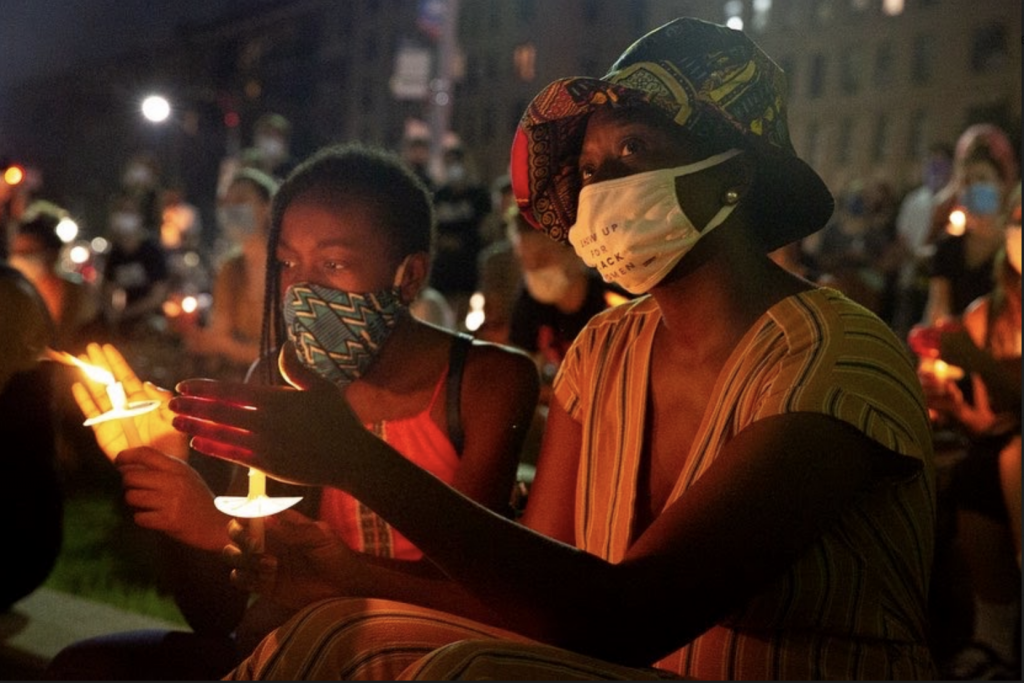


She posted a myriad of pictures from the protests on her instagram page (@elansner) and some of them even rose to the top of the hashtag – activistny.
As for now, Lansner is spending time away from the city, but there is no doubt that if any big event happens in the city, she will be the first to sprint back. She is looking forward to a time where she will be able to travel again, visit places she has not yet seen, and take even greater photos. It seems that her life is one that is forever linked with photography: “once you are a photojournalist, it [becomes] who you are,” said Lansner.
